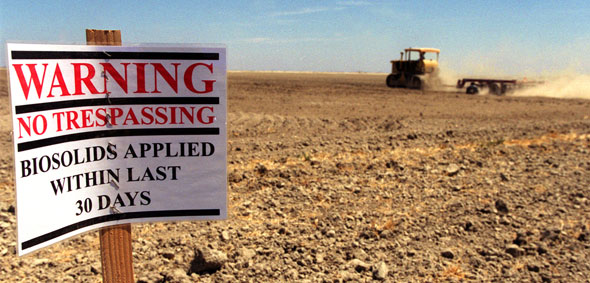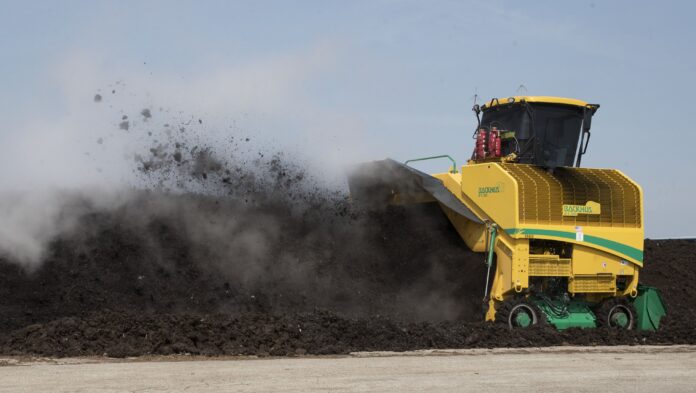in 1988 the New Jersey shore was littered with garbage. Syringes and other medical and human waste were commonly found scattered along the 50 mile stretch of the Jones Beach coastline. Public outcry, and pressure from the press, convinced Congress to ban the practice of untreated offshore human and industrial waste disposal in an attempt to clean-up the ocean and the nations waterways, but their decision to place the waste inland and around residential and rural communities all across the country could have triggered the greatest environmental catastrophe of our lifetime. The Everglades and Florida’s largest source of fresh water could be in jeopardy.
Since 1924, New York, the largest waste producer in America, had been dumping their household garbage 12 miles offshore into the NY harbor and sending their untreated sewage effluent directly into the ocean. In 1984, in an effort to protect costal communities, the Environmental Protection Agency mandated that garbage disposal in American waters take place further out to sea. Most municipalities found it too expensive to continue to haul their trash offshore anymore so landfills were used for garbage disposal and waste water treatment facilities were built in each county across the country to process and dispose of the contents of the sewage and septic systems of each community, but New York and New Jersey chose to continue to dump their trash and sewage out to sea, at a site located 100 miles off the coast of Atlantic City. They believed that the 100 mile distance from land would be far enough to keep the pollutants away from people, but unexpected currents and wind changes caused the trash and sewage to be swept back to the beaches of New Jersey in the summer of 1988. As a result of media reports written about medical waste washing up on the New Jersey shore, Congress totally banned offshore garbage and untreated sewage disposal in American waterways, in 1991.

Since then, municipal governments began building waste and sewage treatment facilities to dispose of the human and industrial waste of their community.
Today, household garbage goes into county landfills, and the sewage from toilets and industrial discharges goes to a local treatment facility where the water is separated from the solids and then sent back into the waterways. The ‘solids’ are often mixed with mulch and then sold, or given away, as fertilizer – or mixed with lime and then spread on pastures all across each state in America. The ‘solids’ are referred to as a ‘biosolid’ by the waste management industry but the Environmental Protection Agency considered them to be a biohazard. Biosolids are also known as Sewage Sludge.
The EPA classifies sewage sludge as a “pollutant” that “upon exposure, ingestion, or assimilation into an organism either directly from the environment or indirectly by ingestion through the food chain, could, on the basis of information available to the Administrator of EPA, cause death, disease, behavioral abnormalities, cancer, genetic mutations, physiological malfunctions or physical deformations in either organisms (human), or offspring (children)
So why is sewage sludge being spread all around Florida’s fragile freshwater lakes, streams and estuaries?
